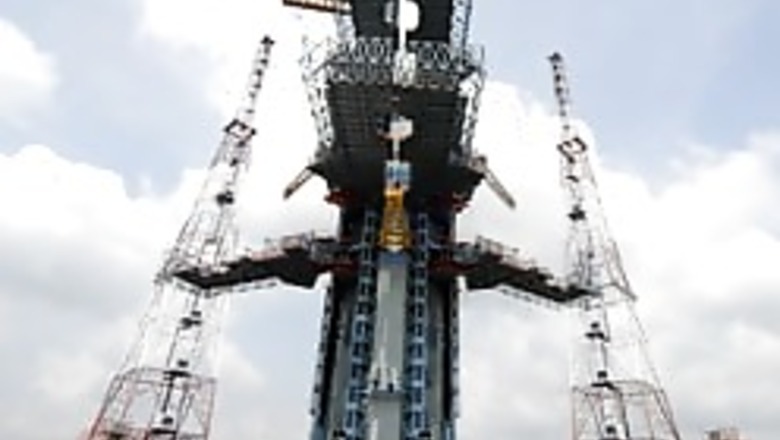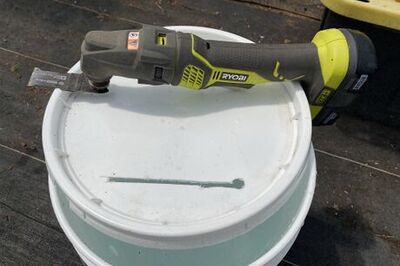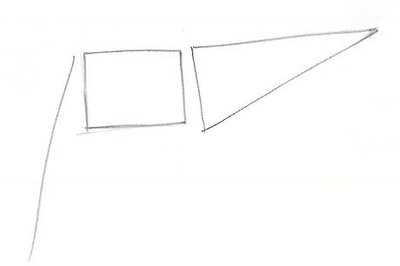
views
Chennai: India's first lunar spacecraft Chandrayaan-1 was fitted to the launch pad for rehearsals late on Saturday night and the process "went off well", a space agency official said three days ahead of the final launch.
"The launch rehearsal was held at 10 pm and everything went off fine. It is like a dress rehearsal ahead of the October 22 launch," a scientist said declining to be named.
The fully integrated Polar Satellite Launch Vehicle (PSLV-C11) with the lunar spacecraft atop was moved to the launch pad at the Satish Dhawan Space Centre at Sriharikota in Andhra Pradesh, about 80 km from Chennai, and off the Bay of Bengal.
"Scientists at the Indian Space Research Organisation (ISRO) centre at Sriharikota and at the tracking centre in Bangalore were involved in the operation," he told IANS.
The scientists are keeping their fingers crossed that the weather on Wednesday would be fine. While Met officials have predicted rain on Wednesday, scientists say it will not affect the launch.
"Only cyclone and lightning will be a problem," the official said.
ISRO Director S Satish told IANS, "The 316-tonne launch vehicle with the 1,380 kg spacecraft was fitted to the launch pad. The launch exercises, including testing, are in progress. About 1,000 scientists and technicians are working round-the-clock to prepare for the 52-hour initial countdown from the wee hours of October 20."
To the moon and back
Chandrayaan-1 will orbit the moon for about two years, mapping the topography and mineral content of the lunar soil. It carries a total of 11 payloads – six from India and the rest from the US and Europe. It also carries a lunar probe which would land on the moon.
Director Satish Dhawan Space Centre, Dr HC Dathan said, "It is a very peculiar, different and exciting feeling for the people who worked for the launch campaign.”
The launch is India's first big step in outer space and a manned moon mission is next on the agenda.
PAGE_BREAK
"We have a plan for human space flight next. The project report is ready. We are waiting for the final approval from the Government," Dr Dathan said.
The Chandrayaan-1 launch would be around 06:20 hrs IST on October 22, weather conditions permitting.
Ninety-nine per cent of the integration and testing is complete and the countdown has begun for India's historic tryst with the moon.
The success of Chandrayaan-1 will catapult India among the top five space exploring countries of the world.
These are the European Space Agency devices or payloads that will fly on the Chandrayaan-1:
- Imaging x-ray spectrometer (C1XS), developed by the Rutherford Appleton Laboratory in Britain with the ISRO satellite centre, will map the lunar surface, using x-ray fluorescence technique for measuring the elements. It will also observe the moon during the rising phase of the solar cycle when x-ray signals are expected to be enhanced.
- Sub-kiloelectronvolt (keV) atom reflecting analyser (SARA), built jointly by the Swedish Institute of Space Physics and the Space Physics Laboratory of the Vikram Sarabhai Space Centre (VKSC) at Thiruvananthapuram, will study the composition of the moon, the way its surface reacts to solar wind, how its materials change and the magnetic anomalies.
The following are the two US instruments packages:
- The 6.5-kg mini synthetic aperture radar (MiniSAR), developed by the Johns Hopkins University applied physics laboratory and the naval air warfare centre, will detect water-ice in the permanently shadowed regions of the lunar poles by digging a few metres into the surface.
- Moon mineralogy mapper (M3), an imaging spectrometer built by Brown University and the Jet Propulsion Laboratory (JPL) of NASA, will assess and map lunar mineral resources at high spatial and spectral resolution for future targeted missions.
PAGE_BREAK
The five Indian payloads are:
- The seven-kg terrain mapping camera (TMC) will map moon's topography and prepare the three-dimensional atlas.
- The four-kg hyper spectral imager (HySI) will gather spectroscopic data for mapping minerals.
- The 10-kg lunar laser ranging instrument (LLRI) will provide data for determining the height of lunar surface features and moon's gravity field.
- The 16-kg high energy x-ray spectrometer (HEX) will explore the moon's polar regions (north-south) that may be covered by thick water-ice deposits.
- The 29-kg moon impact probe (MIP) that will descend on to the lunar surface in about 20 minutes from an altitude of 100 km on a specific location at a pre-determined time to explore the moon from a close range.


















Comments
0 comment